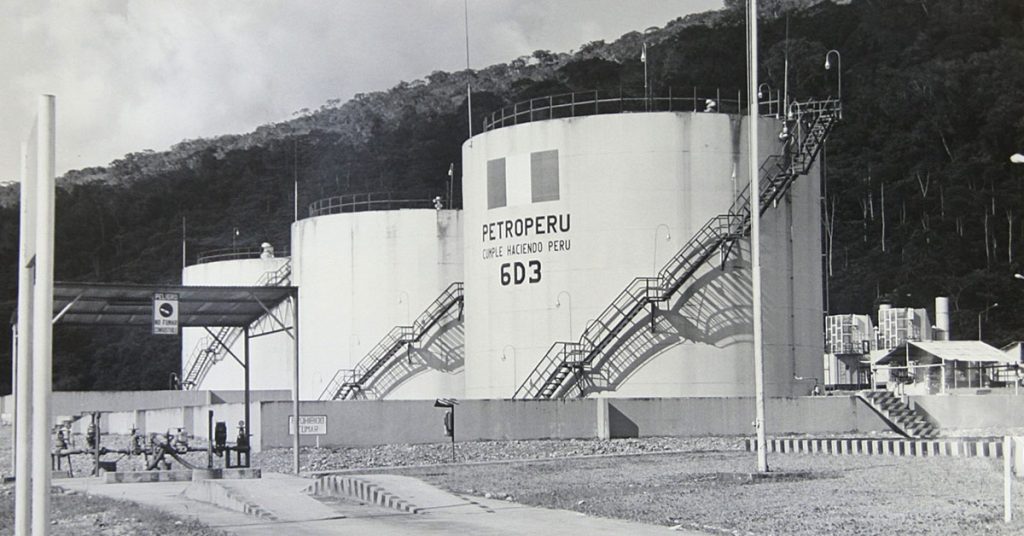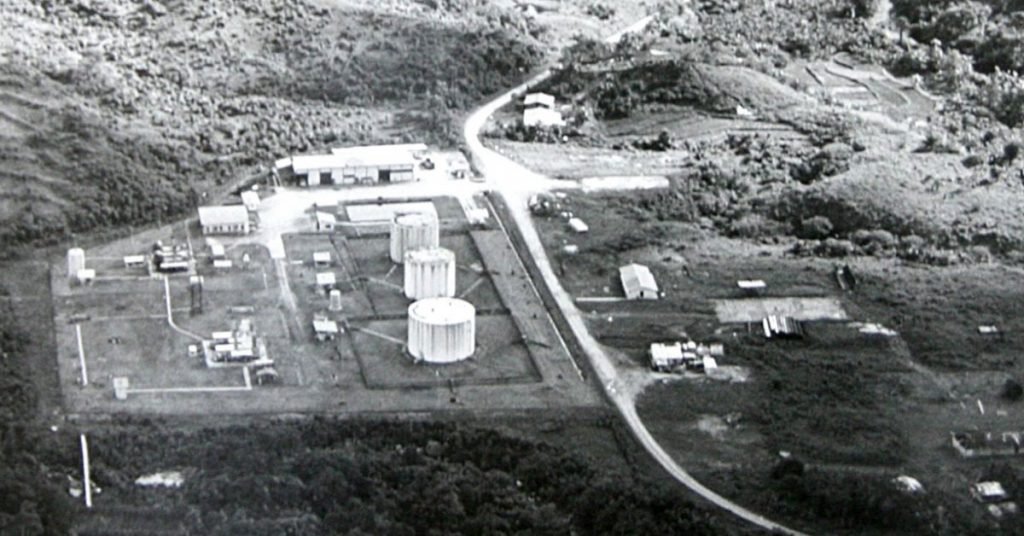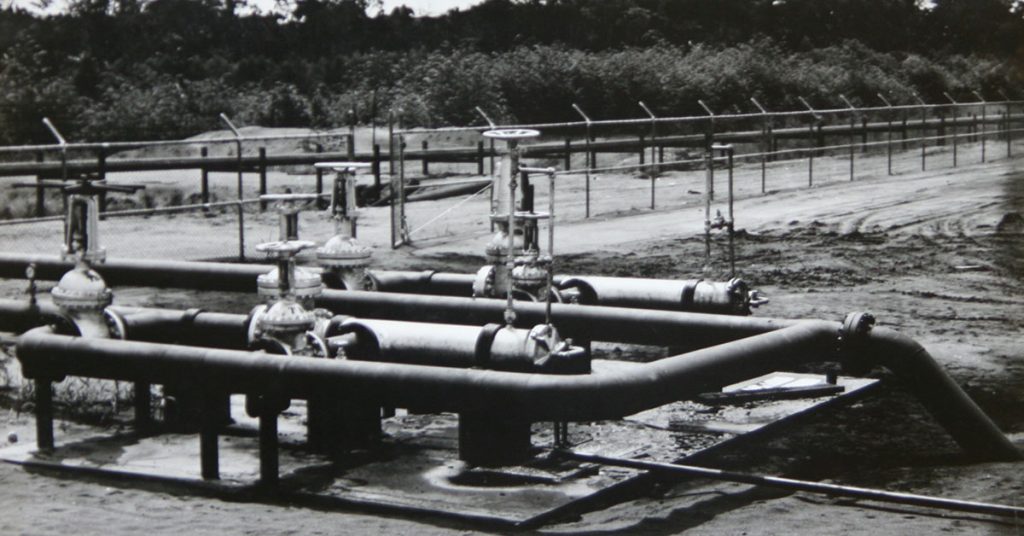The 1960 oil crisis made several nations aware of the importance of hydrocarbons for development, social welfare and what came to be called “energy security.” In our country, this context coincided with the discovery of Amazonian oil, and the impossibility of transporting it in an economically viable and efficient way.
The distribution and sale of crude oil in those years was carried out by barges, which were very expensive and completely dependent on the navigation conditions of the rivers. It was calculated that the crude extracted in the area by PETROPERU and the Occidental Petroleum Company, through the oil services contract known as Modelo Peru, could add up to 135,000 barrels per day. River transport can only supply some 5,000 barrels per day. Meanwhile, on the coast, about 40,000 barrels a day had to be imported, which had a serious impact on the payment balance. Given these conditions, what solution could be the most efficient to meet the needs of exploitation, distribution, local supply and external demand for Peruvian oil?

The sum of all these factors made it necessary to develop a system to get the crude to the coast and, eventually, export it. Since 1972 the subject has been studied and that is how the Revolutionary Government of the Armed Forces commissioned PETROPERÚ to carry out the studies required for the construction of the North Peruvian Pipeline (ONP) and to propose contracts with companies capable of carrying out such work. The contract for the final design was awarded -in 1973- to the US firm Bechtel; concluding the delivery of the file, to tender the construction, in June 1974. Six months later, the contract for the construction of the ONP was signed.
Meanwhile, to take advantage of all the resources available in Block 8, it was necessary to build oil pipelines along a 130-kilometer route between the collection points and the Loreto district of Trompeteros. Then, a two-line pipeline from Trompeteros to San José de Saramuro (district of Urarinas, province and department of Loreto), to ship the crude in barges and take it to the Iquitos and Pucallpa refineries.
When the project was defined, it was carried out, which took almost thirty months. About 7,800 workers were jointly employed at the peak of the construction process. In addition, it had the expertise and experience of the best pipeline builders in the world.

Thus, on December 31, 1976, Station 1 of the ONP (San José de Saramuro) received oil from the PETROPERÚ fields, with the first crude oil front arriving at Bayóvar Terminal on May 24, 1977. The financing required for the work was USD 671,000,000, an amount obtained thanks to the cooperation of the governments of Japan, the Federal Republic of Germany, the United States, the Soviet Union and Argentina. That year, drilling of wells continued in Block 8, reaching a cumulative total of 102 wells, until December 1983.
In 1976, the construction of the North Branch Pipeline (ORN) began, to transport crude oil from Andoas Station to Station 5, starting operations on February 24, 1978. 252 kilometers long and with two pumping stations, the total storage capacity of the system is around 3’000,000 barrels.
The ONP is one of the most important and far-reaching works that has been carried out in the last 100 years in Peru.
